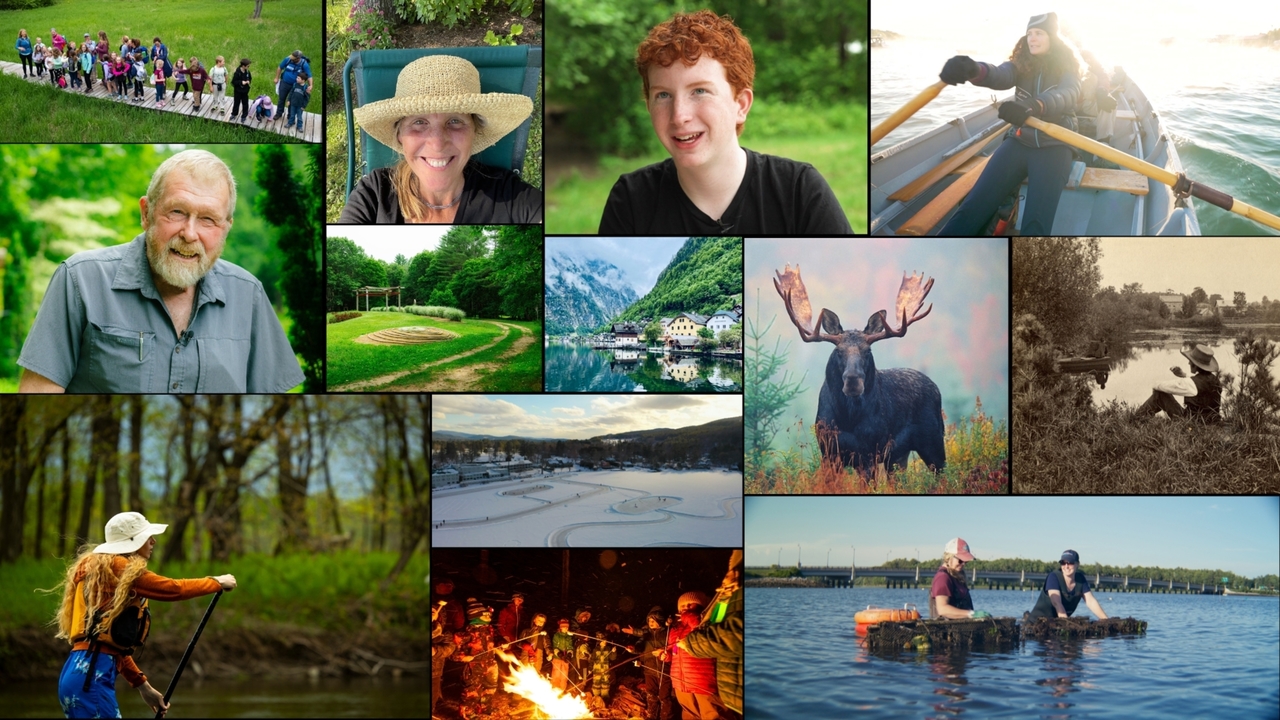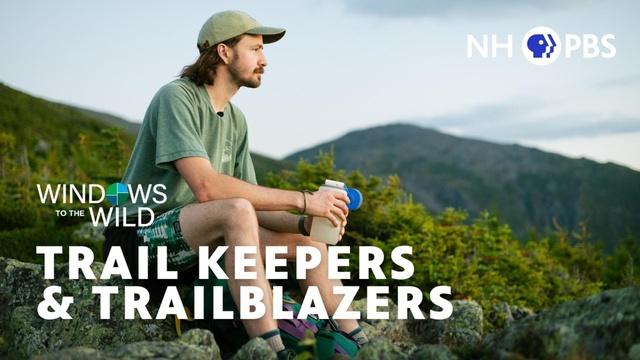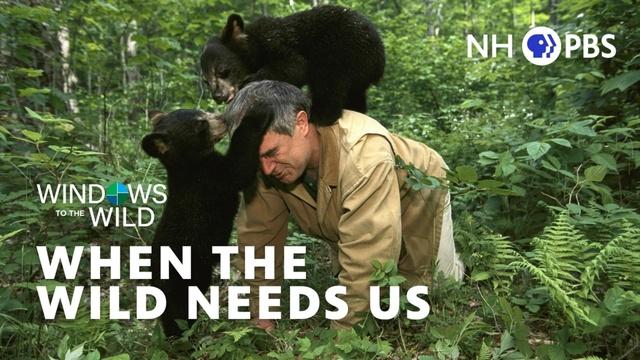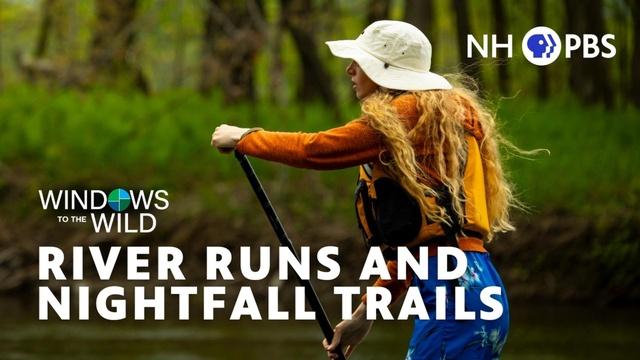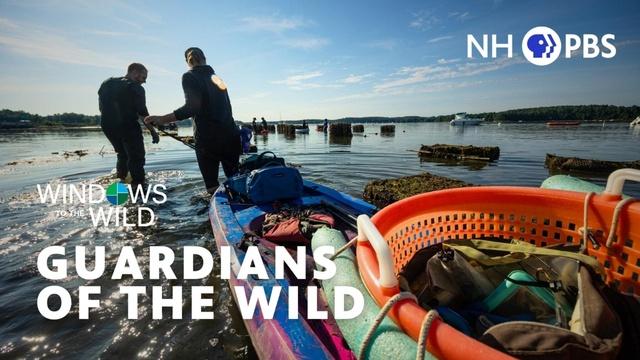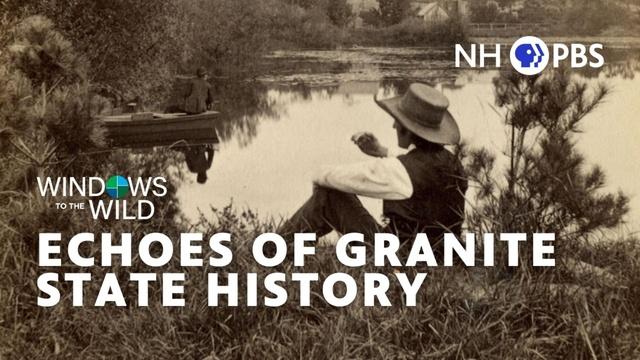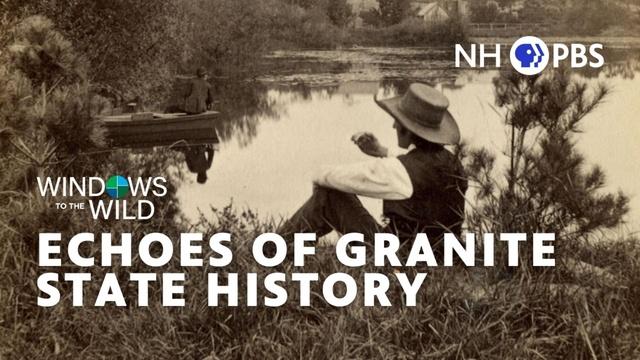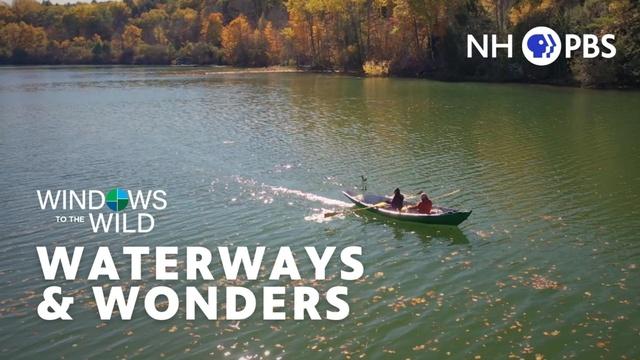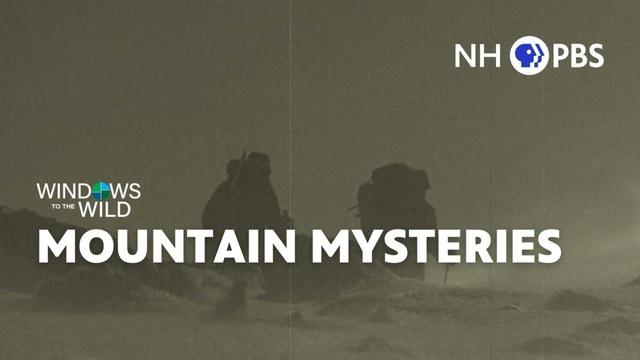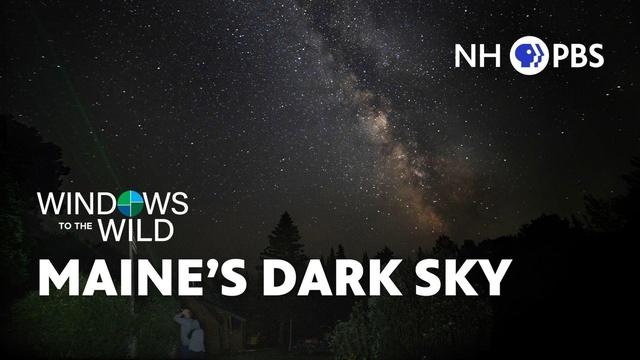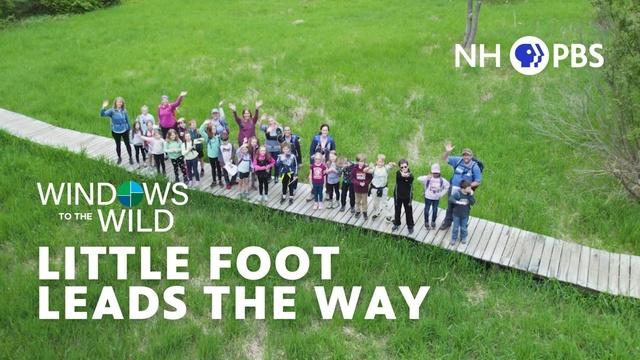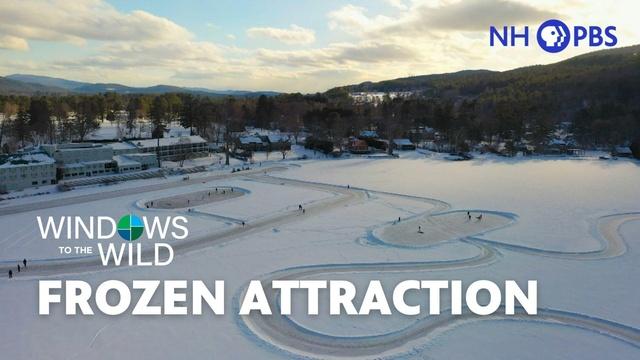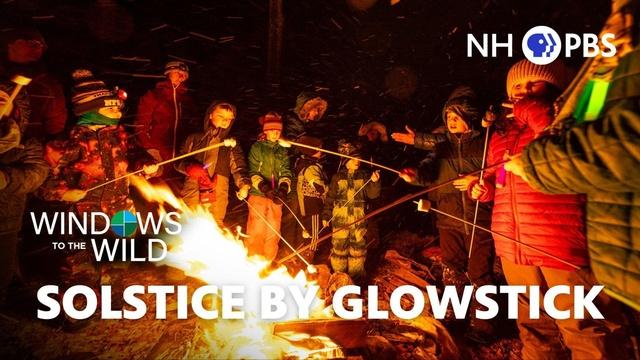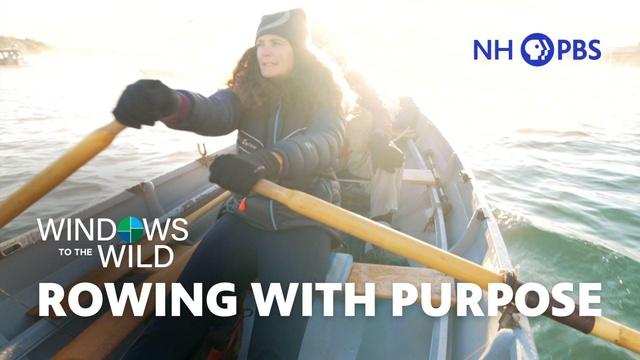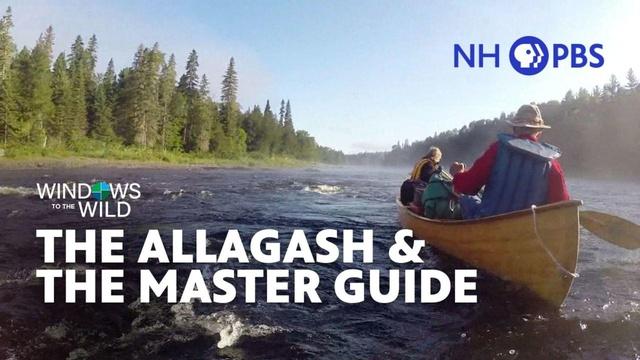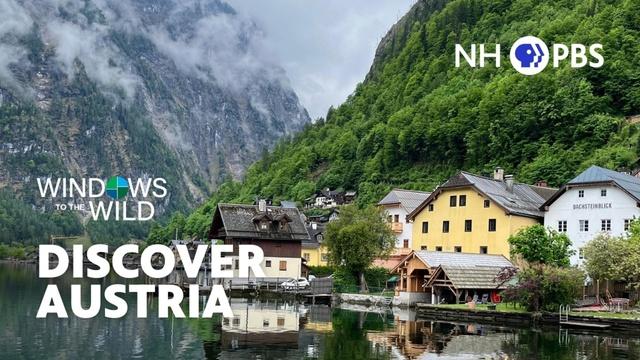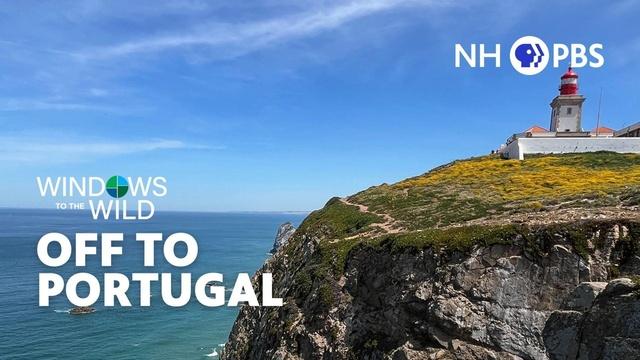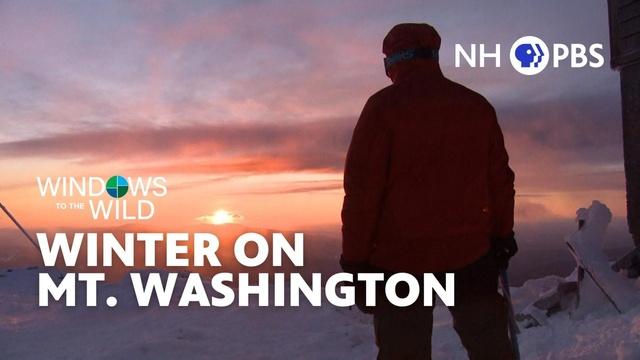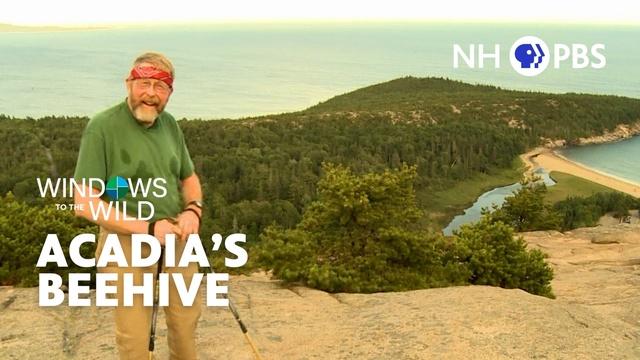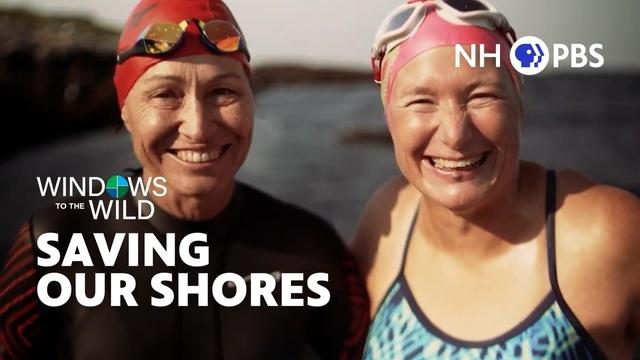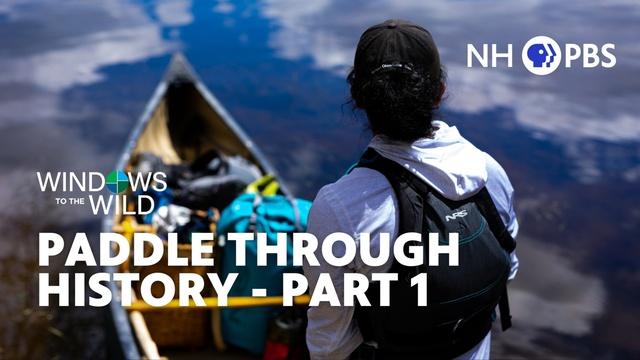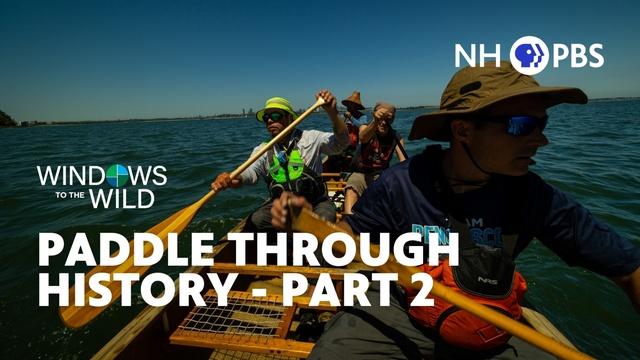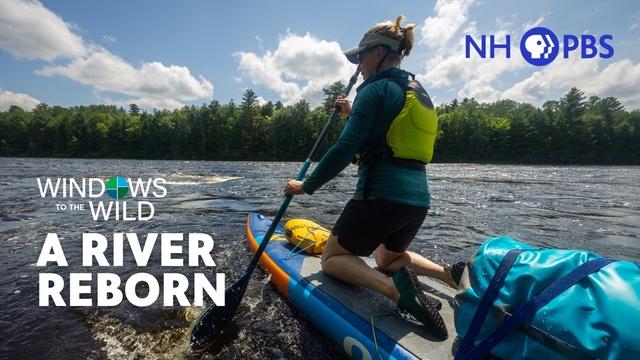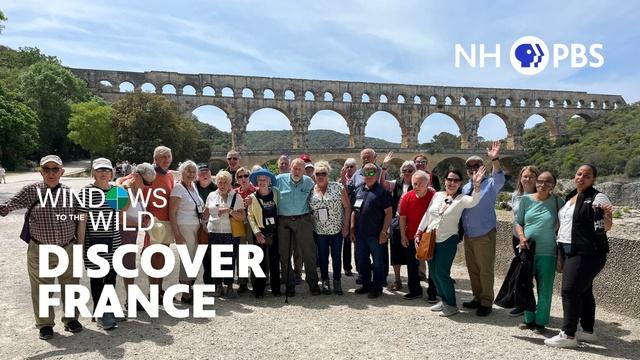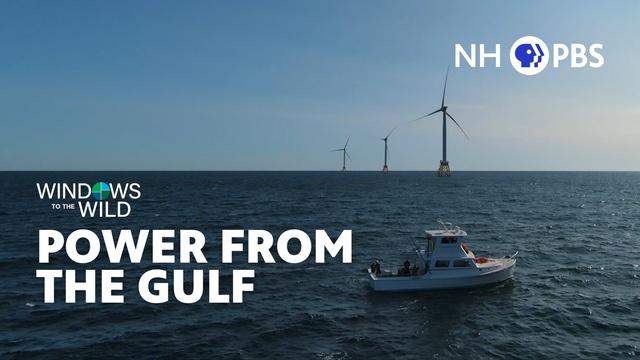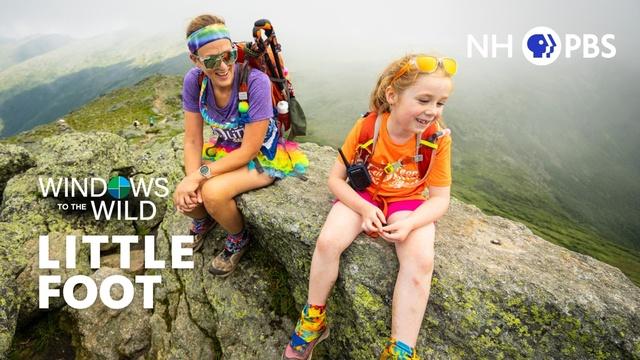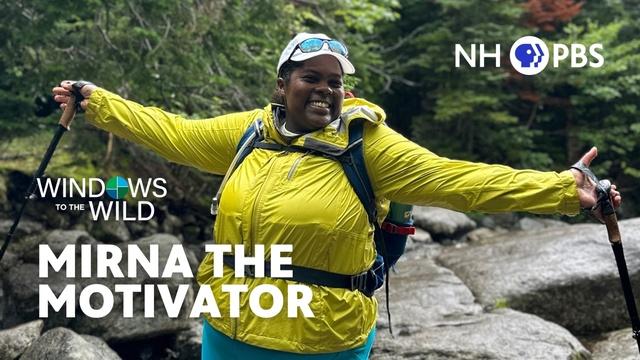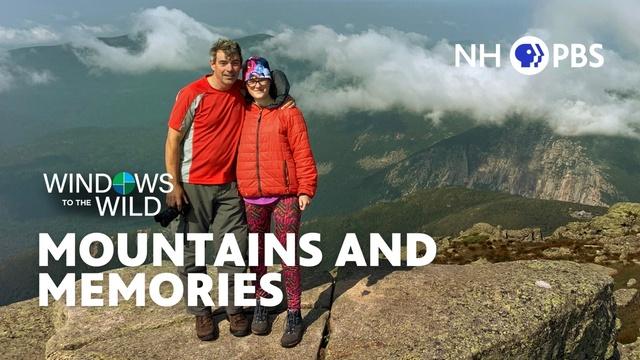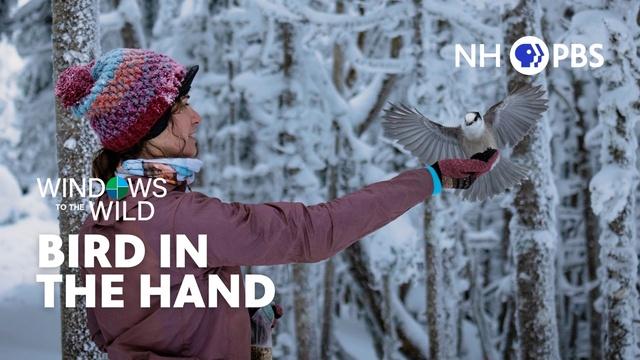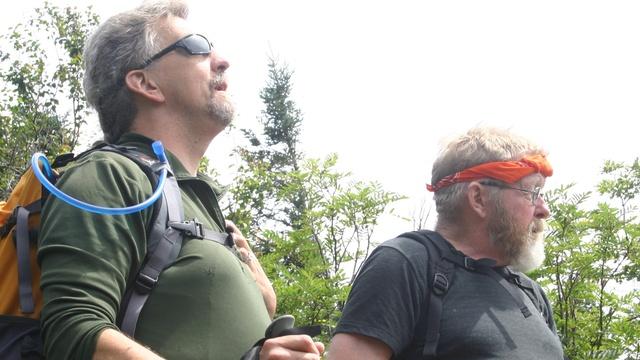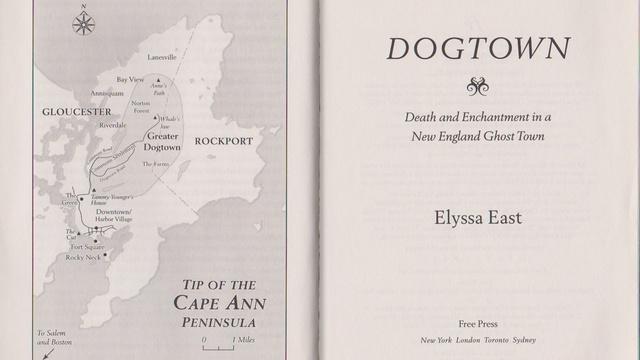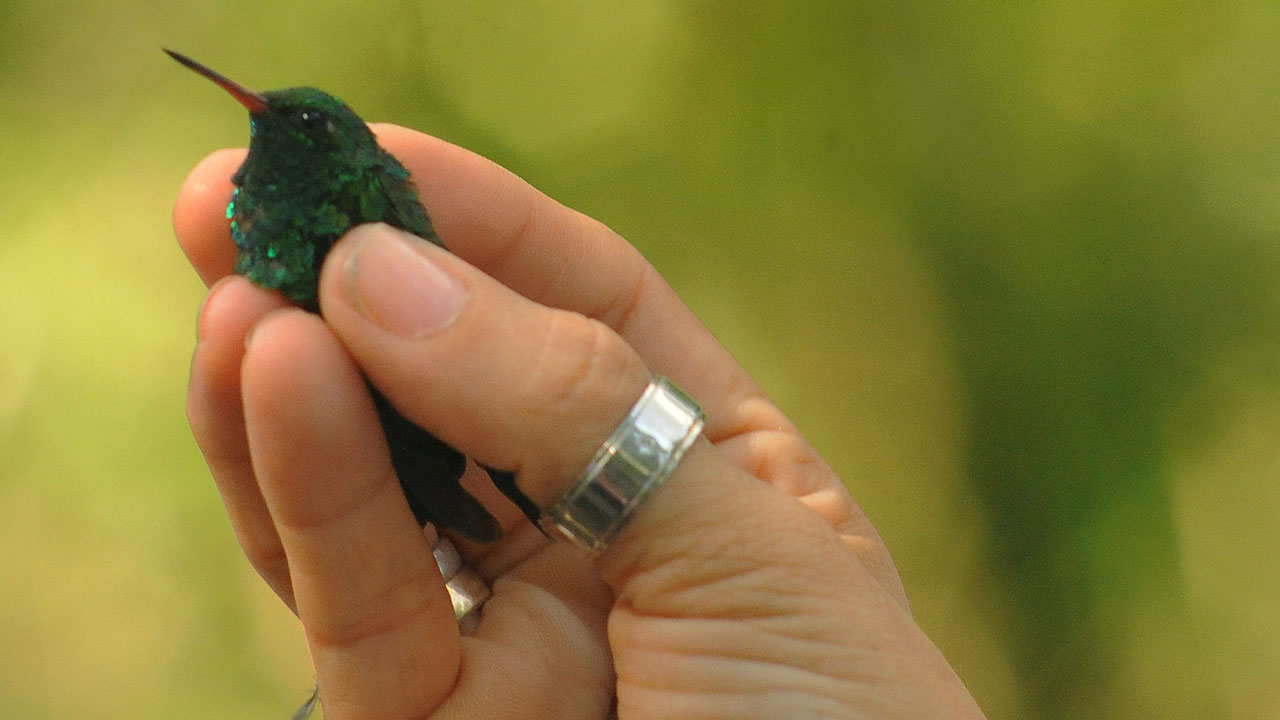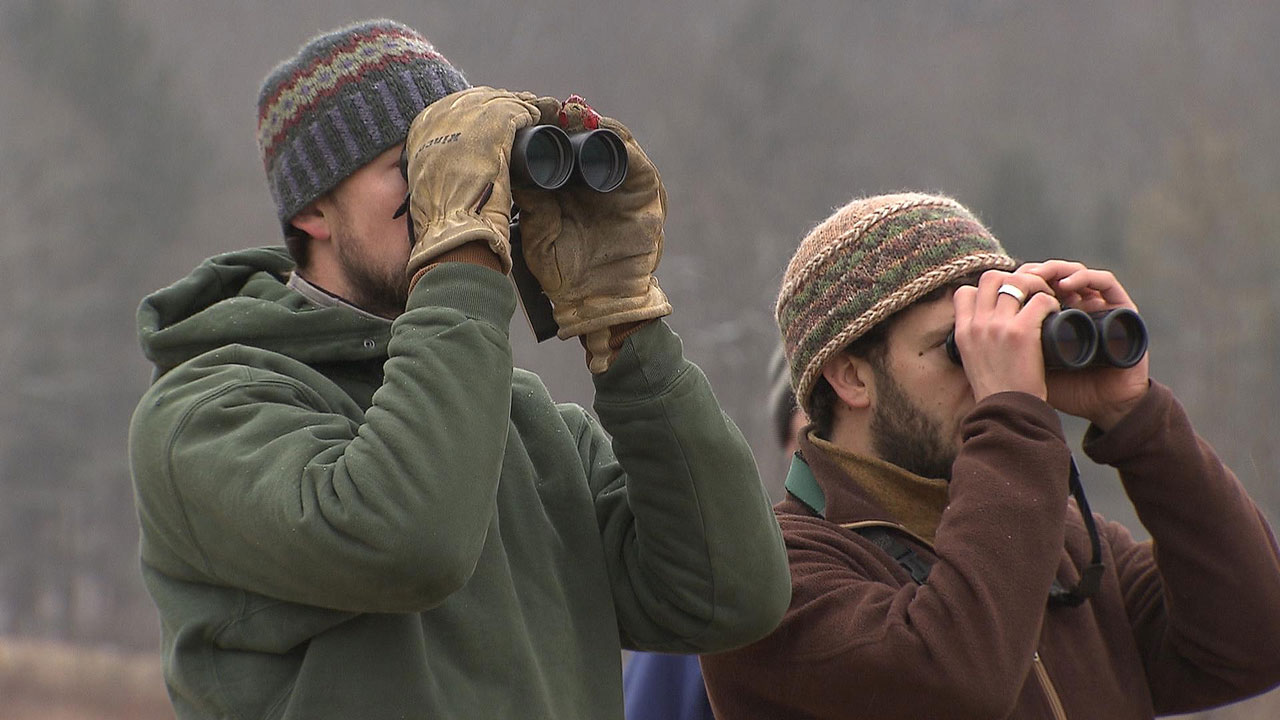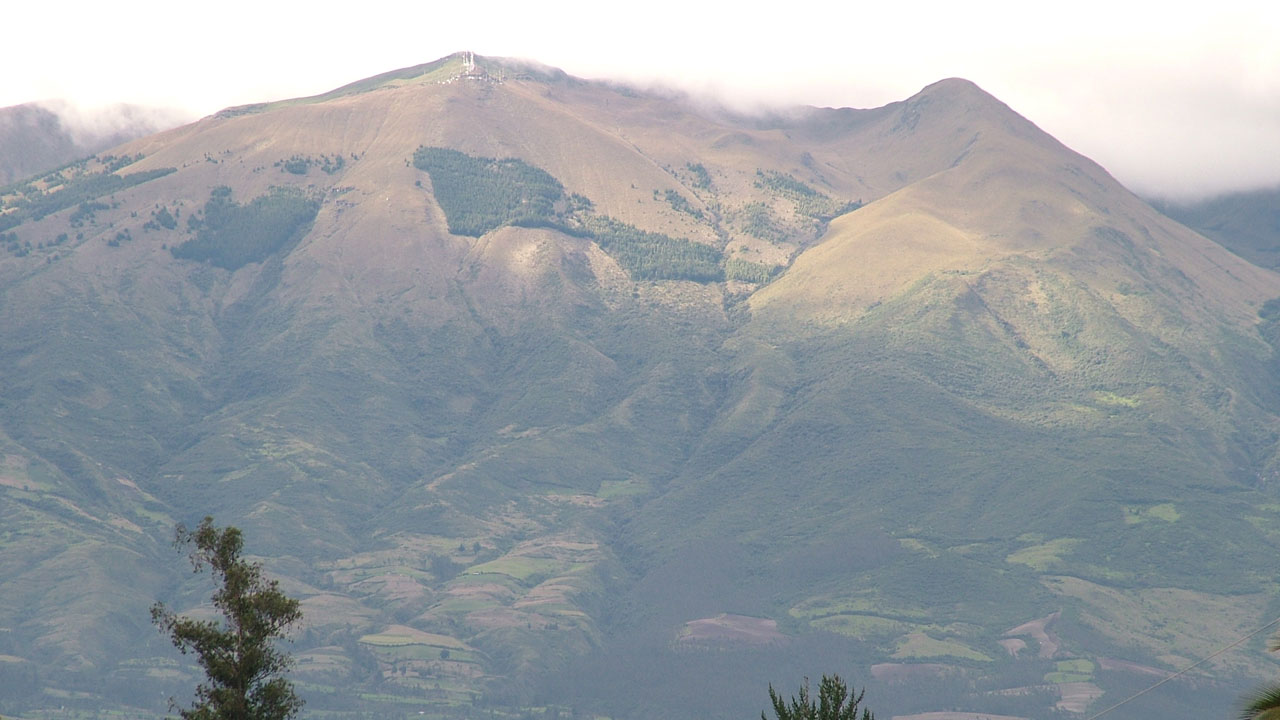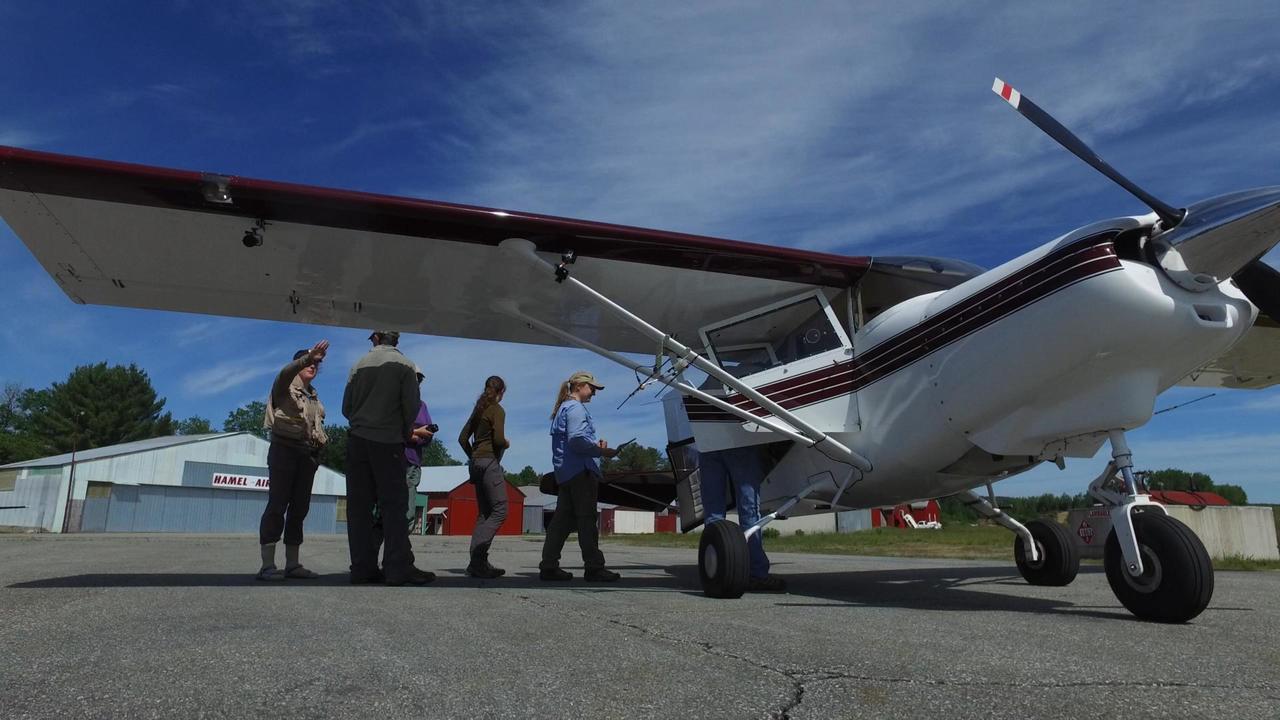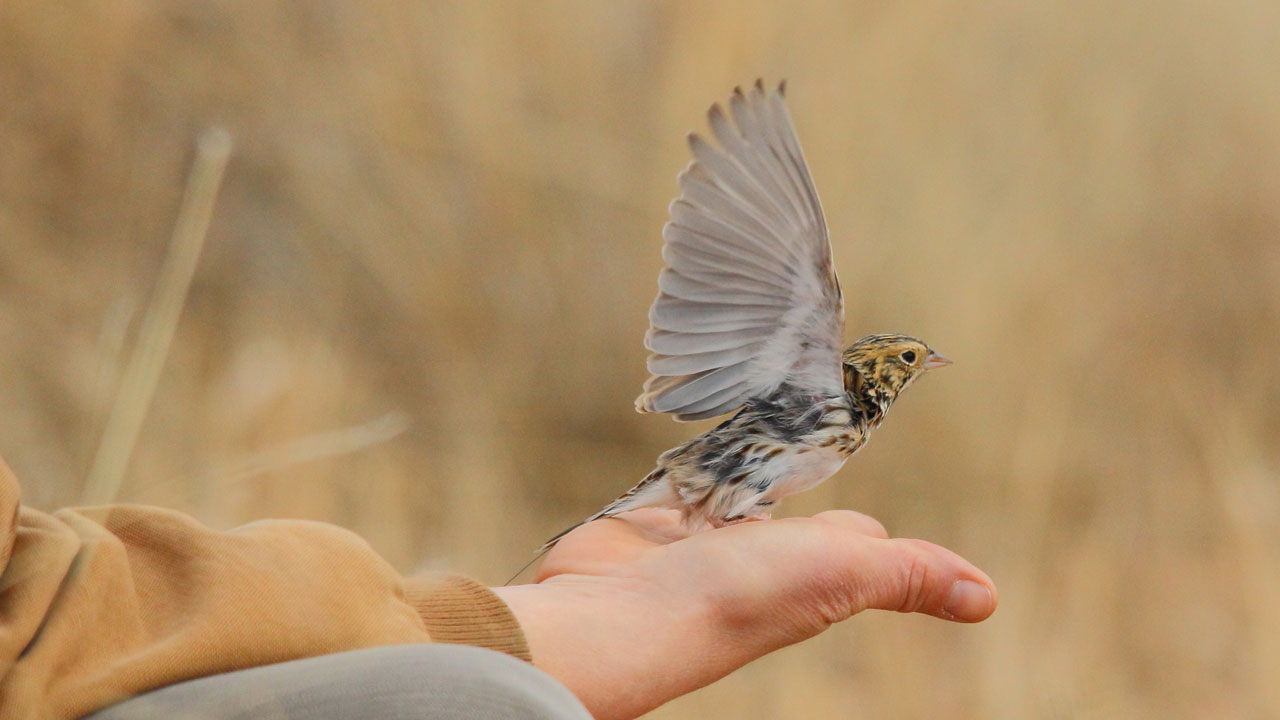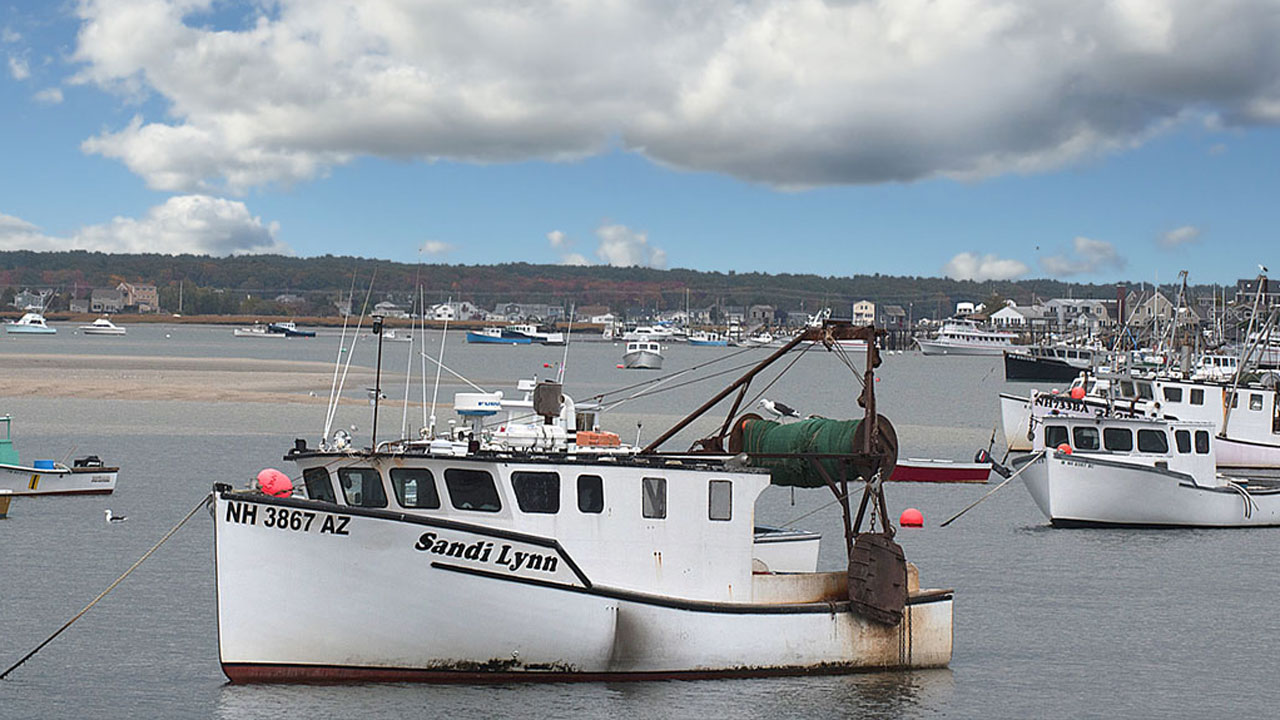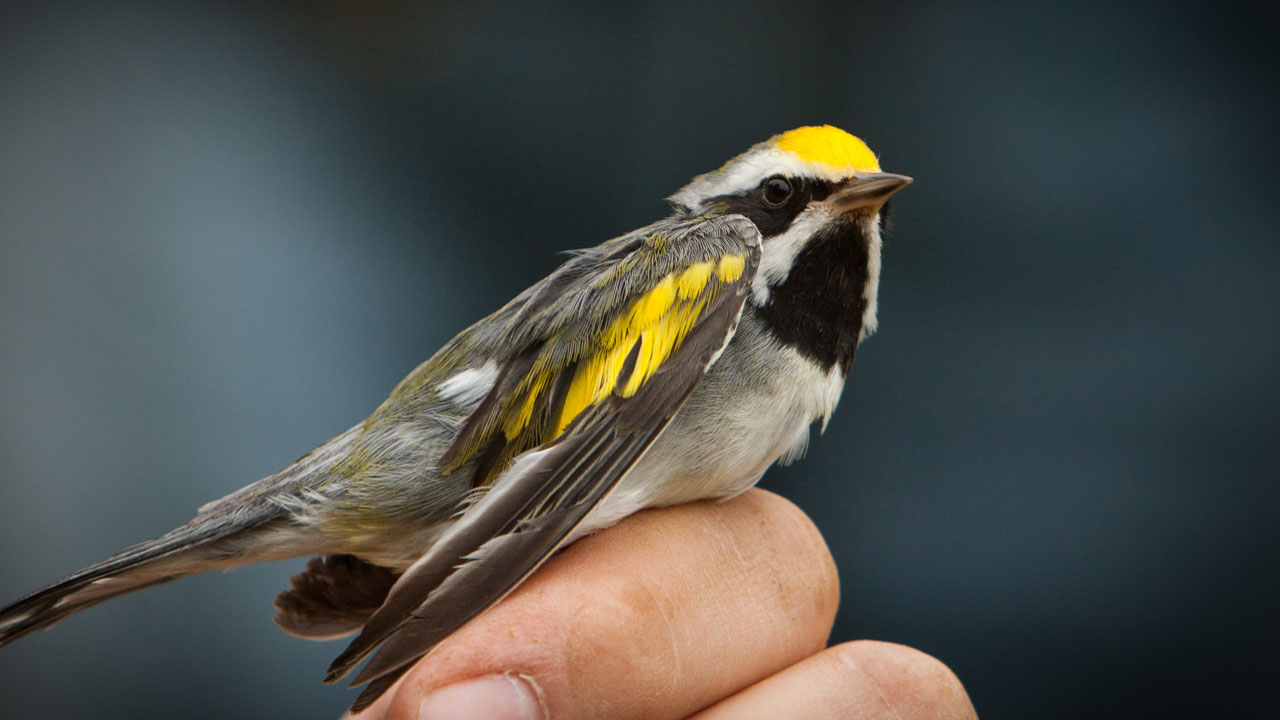On the Trail Again with NHPBS
A Yankee Notebook with Willem Lange
Randolph, New Hampshire, is not exactly Hampton Beach. From our motel of last evening, it was a ten-mile drive into Gorham for supper and breakfast; and at 1200 feet in elevation, it was cold enough during the night that I peeked out this morning to see if there was frost on my windshield. Just across US Route 2, the massive bulk of the northern Presidentials – Jefferson, Adams, and Madison – shoulders into the sky, and at the foot of the mountains the tiny Moose River flows east toward the Androscoggin.
In a way, those magnificent, wooded slopes above us are analogues for our current political situation. During the late 19th century they were logged rapaciously, until more and more lovers of wilderness noticed the resulting summer droughts, the recurring forest fires, and runaway erosion. The Weeks Act of 1911, signed by President Taft, was the legislative pushback that brought the unbridled extraction under control. Today, looking up, only a forester or historian would know this isn't the forest primeval. The conservationists' pressure had grown slowly, but in the end had proved to be irresistible.
Our motel allows dogs, so Kiki is here with me and our award-winning NHPBS video crew to film portions of the recently completed Cross New Hampshire Adventure Trail. We're also chatting with the woman responsible for assembling the pieces that, once put together, cross New Hampshire, from the eastern end of the Cross Vermont Trail at Woodsville, 83 miles to the Maine border at Bethel.
The woman herself turns out to be as interesting as the trail. With a Ph.D. in Biochemistry from Tufts, Marianne Borowski spent her career in "biotechnology in Cambridge, MA in 2 biotech start ups working on protein structure, function, purification and analysis." I have almost no idea what that's all about, so have quoted her instead of trying to translate. She took early retirement and in 2002 bicycled across the country, along the way meeting her partner, a recently retired chemical engineer. Together they moved to the White Mountains to pursue their passion for the active outdoor life. Naturally, she's climbed the New Hampshire 48 and the New England 100 highest. A list-maker, organizer, and natural leader, she was piqued by the success of the Cross Vermont Trail and began to stimulate interest in (and help for) a trail that would hook up with Vermont's and continue to Maine.
This morning we're walking on part of that now-realized dream. The gravel trail, broad and smooth, stretches straight in both directions, with the infant Israel River beside it, running northwest to meet the Connecticut. In a kind of mental facepalm, it strikes me that it's never occurred to me before now that a railroad once ran through here. Railroads ran, in fact, all over the north country, first carrying lumber and later tourists. In the next "Doh!" moment I realize that, though we may regret the demise of the railroads, their rights of way make perfect trails for riding ¬– bicycles, horses, snowmobiles – or just perambulating.
Consider the constraints upon an engineer surveying for the route of a new railroad, and it will occur to you that those constraints make for a perfect cycling path, as well. The climb from Woodsville to the summit of the trail near Bowman is fully 1000 feet, but takes about fifty miles to get there. Then, especially if you're headed east, you have over forty miles of downhill going into Maine.
At the moment, in the white sunlight of a hot midday in June, Marianne is pointing out the latest improvements to this part of the trail. Flooding and washouts are the commonest causes of trail failure. So here, where active beavers have built several dams across the river – and, of course are obsessive about never stopping – an excavator has installed several "Beaver Deceivers," invented by Skip Lyle of Grafton, Vermont, and designed to prevent the beavers from raising the water beyond a fixed level. They get to play with their sticks, they don't have to be removed, and the trail stays dry. It's win for everybody.
Our producer, in an effort to show how many different kinds of people use this trail, has asked Marianne to assemble a sample. Looking down the trail at folks awaiting their cues – the dog team, pulling a cart, has already left – I can see a pair of equestrians, two llamas with saddlepacks, about a dozen brightly togged cyclists, and a 75-year-old woman from Waterford, who, in spite of a game leg and at least one prosthesis, is hiking the trail in pieces. They bat absent-mindedly at the flies buzzing about their faces. Lupines riot along both sides of the aisle. Looks like the set of a Fellini film.
This trail is one of those what's-not-to-like ideas. With excellent detailed maps, profiles, and icons indicating spots for food, camping, and lodging, as well as a GPS download, the trail couldn't be more accessible. There is one word in its name, though, that hints at possible surprises: Adventure. It's not all as flat and hard-packed as here along the little Israel River. I'll save that discovery for another day.
Return to the
Windows to the Wild
Main Page
WINDOWS TO THE WILD WITH WILLEM LANGE is generously supported by the Alice J. Reen Charitable Trust, John D. McGonagle Foundation, Bailey Charitable Foundation and Road Scholar.
Watch Online
TV Schedule
-
discover austria
Windows to the Wild
Sunday, 12/21 at 10:00 A.M. on NHPBS -
making tracks
Windows to the Wild
Saturday, 12/27 at 10:30 A.M. on EXPLORE -
new year's moosilauke hike
Windows to the Wild
Saturday, 1/3 at 10:30 A.M. on EXPLORE -
community outing
Windows to the Wild
Saturday, 1/10 at 10:30 A.M. on EXPLORE
Learn More...
- Manchester Cedar Swamp Preserve
The Nature Conservancy
Podcast
Listen on your favorite podcast platform
Thanks to our podcast partner: The Marlin Fitzwater Center for Communication at Franklin Pierce University
